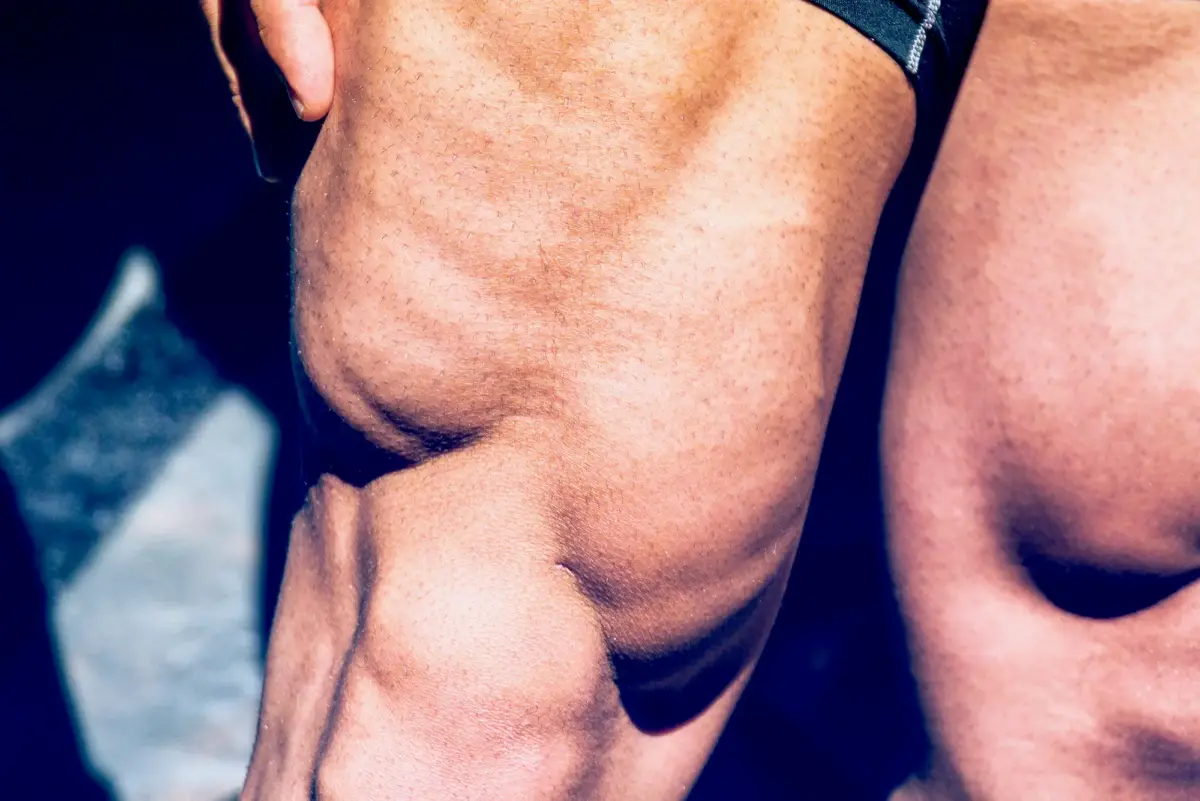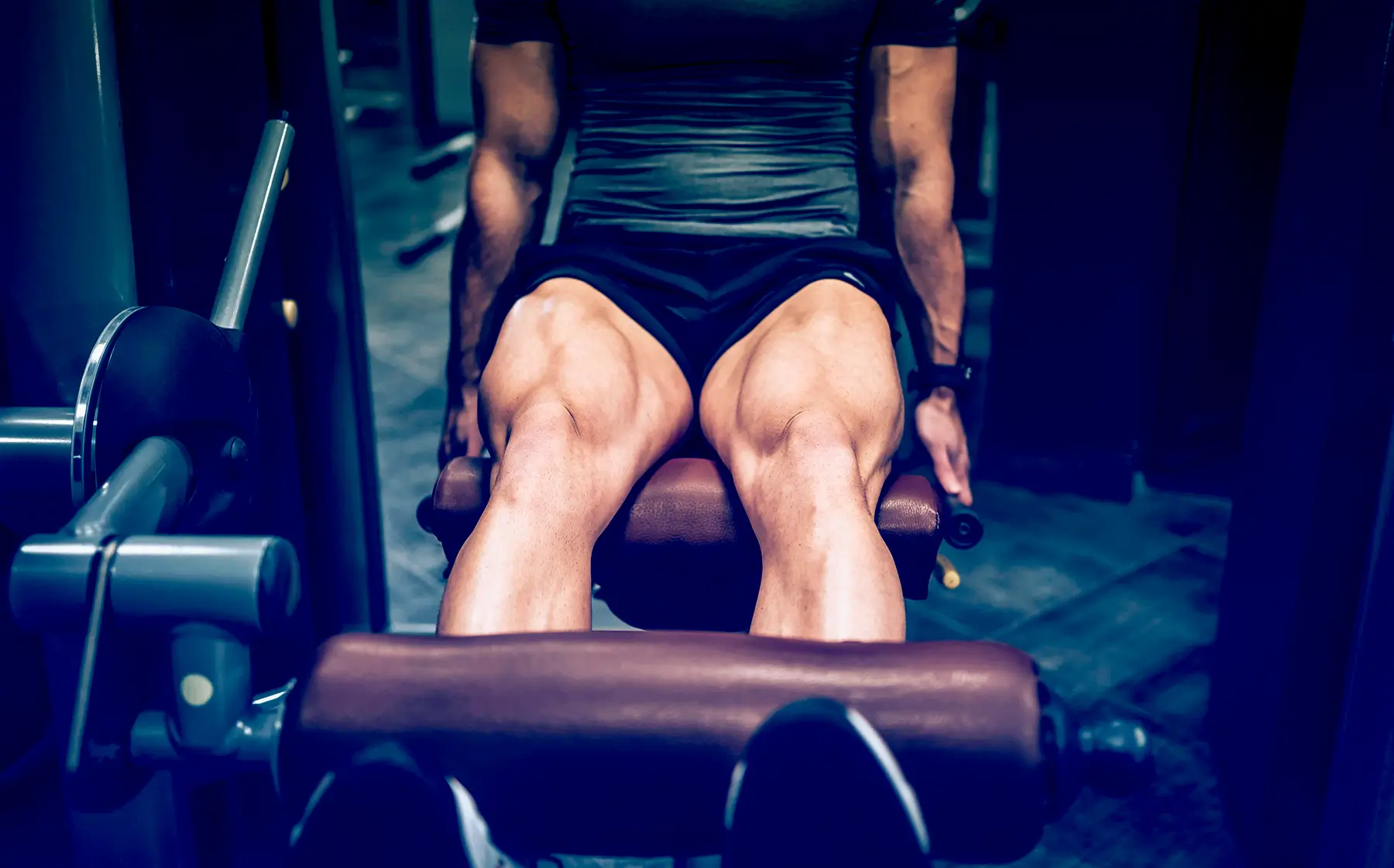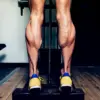This study examined how altering hip flexion angle during leg extensions affects hypertrophy in two quadriceps muscles. Both hip positions led to similar growth in the vastus lateralis, but the rectus femoris saw greater gains with a reduced hip flexion angle. So, should we always train leg extensions with less hip flexion? Let’s dive in.
Overview
- What did they test? Twenty-two previously untrained male participants completed the ten-week training study, performing leg extensions twice weekly. One leg trained at 40° hip flexion, the other at 90°. For the first five weeks, participants performed three sets of 10–20 reps to failure; for the final five weeks, they performed four sets. Muscle thickness was measured via ultrasound before and after training at two sites on both the vastus lateralis and rectus femoris.
- What did they find? Both hip flexion positions led to increases in quadriceps muscle thickness, but training at 40° resulted in greater rectus femoris growth. No meaningful differences were observed between conditions for vastus lateralis hypertrophy.
- What does it mean for you? If you want to maximize rectus femoris growth, performing leg extensions with a reduced hip flexion angle (around 40°) may be more effective. However, it would be interesting to see if these results also hold true in trained individuals.
What’s The Problem?
The leg extension is a popular isolation exercise that targets the knee extensor muscles. This movement is primarily driven by the quadriceps femoris - often simply called the quadriceps. As the name suggests, this muscle group consists of four muscles: the rectus femoris, vastus lateralis, vastus medialis, and vastus intermedius.
While all four quadriceps muscles contribute to knee extension, the rectus femoris is unique in that it also crosses the hip joint, making it involved in hip flexion as well. Because of this, its length is influenced by both knee and hip joint angles. Thus, the hip angle during a leg extension may directly impact how the rectus femoris functions during the leg extension.
These acute differences have been demonstrated by Mitsuya et al. 1, who compared longitudinal muscle activity of the quadriceps during leg extensions at hip flexion angles of 0°, 40°, and 80°. Their results showed that at 40° hip flexion, rectus femoris activation was greater than that of the vastii muscles, whereas at 80° hip flexion, vastus lateralis activation exceeded that of the rectus femoris. At 0° hip flexion, no significant differences were found. This suggests that a hip flexion angle of around 40° may emphasize rectus femoris activation to a greater degree, while greater hip flexion shifts activation toward the vastus lateralis.
Given these acute differences in quadriceps muscle activation, it raises the question of whether training at different hip flexion angles during leg extensions could lead to differences in regional-specific hypertrophy over the long-term.

Purpose
The study aimed to compare the effects of ten weeks of leg extension training with a 40° hip flexion angle versus a 90° hip flexion angle on hypertrophy of the rectus femoris and vastus lateralis.
Hypothesis
The authors hypothesized that ten weeks of leg extension training with a 40° hip flexion angle would result in greater hypertrophy of the rectus femoris, while the vastus lateralis would show no significant differences compared to training with a 90° hip flexion angle.







